Introduction
When it comes to electrical installations, the conduit you choose can greatly influence the safety, durability, and cost-effectiveness of your wiring system. This guide introduces you to the world of thin wall conduit, a versatile and efficient solution for your wiring needs. We'll discuss its various types, benefits, and applications, equipping you with the knowledge to make an informed decision. Whether you're a professional electrician or a DIY enthusiast, understanding thin wall conduit can transform your wiring approach, ensuring a robust and resilient electrical infrastructure.
Understanding Thin Wall Conduit
Thin wall conduit, also known as Electrical Metallic Tubing (EMT), is a steel raceway of circular cross section. It's unthreaded and typically 10′ long, although 20′ lengths are also available. EMT is available in trade sizes 1/2 through 4. The outside is galvanized for corrosion protection, and the inside has a corrosion-resistant organic coating. It's installed using set-screw or compression-type couplings and connectors. Some versions have an integral coupling comprised of an expanded, 'belled' shape tube on one end with set screws.
Benefits of Using Thin Wall Conduit
Thin wall conduit, especially those made of steel, offer numerous advantages. They are universally applicable, providing excellent protection in all locations, making them a preferred choice for complex building designs. They are resilient and sustainable, with high recyclability and long-lasting properties. Furthermore, they are flexible and affordable, capable of being reused multiple times, offering significant savings over time. Despite a higher upfront cost, the long-term benefits make them a cost-effective solution.
Types of Thin Wall Conduit
Thin wall conduit, or Electrical Metallic Tubing (EMT), is a type of electrical conduit made of coated steel or aluminum. It's used in commercial, industrial, and residential applications. EMT is thin-walled and unthreaded, making it easy to bend but not suitable for field threading. It's approved for use in concrete but not where it's subject to physical damage. Its trade sizes range from .5 inch to 1.5 inches. Another type is Electrical Nonmetallic Tubing (ENT), a flame retardant, thin-walled, and corrugated conduit, often used inside walls or within concrete blocks.
Metallic Thin Wall Conduit
Steel conduit, a type of metallic thin wall conduit, is a highly effective wiring solution. It's recognized by the National Electrical Code® (NEC) as an equipment grounding conductor, providing superior protection in various locations. It's resilient, sustainable, and highly recyclable, making it an environmentally friendly choice. Despite a higher initial cost, steel conduit offers significant savings over time due to its reusability. It's also adaptable to changing building designs, reducing the need for removal and reinstallation.
Non-Metallic Thin Wall Conduit
Non-metallic thin wall conduits, often made from PVC, are versatile and suitable for both above and below ground applications. They are flame-retardant, tough, and resistant to elements like heat, sunlight, and low temperatures. Non-metallic conduits offer excellent protection from moisture, making them ideal for underground and wet areas. They also resist corrosive substances better than their metallic counterparts. Non-metallic conduits are lightweight, easy to install, and competitively priced, making them a popular choice for various domestic, commercial, and industrial settings.
Choosing the Right Thin Wall Conduit for Your Project
Choosing the best conduit for your project depends on several factors. The outer covering of the conduit should protect wiring from damage, ensuring safety and durability. The conduit should be easy to install, cost-effective, and compatible with the wiring system. The size of the conduit is determined by the wire size, the width of the wires, and the number of bends in a run. Environmental considerations, such as resistance to UV rays, heat, cold, water, and oxidation, are also important. Always refer to the National Electric Code and local building codes for guidance.
Installation Process of Thin Wall Conduit
Installing thin wall conduit is a straightforward process. Begin by anchoring boxes at the desired locations. Measure the conduit length required, ensuring accuracy to avoid wastage. Cut the conduit according to the measurements. Slide the conduit into the anchored boxes, ensuring a snug fit. Finally, anchor the conduit securely. This process ensures your wiring is well-protected and organized. For more complex installations, consider using a pulling elbow.
Safety Measures When Working with Thin Wall Conduit
When working with or installing thin wall conduit, it's crucial to follow safety measures to prevent harm to yourself or property. Ensure the power is off before starting the installation. Always wear safety glasses and protective clothing to safeguard against potential hazards. It's advisable to test first and have the right tools on hand. Regularly check your work throughout the process to ensure correct installation. If you're not a professional electrician, it's best to hire one to guarantee the safety and longevity of the work.
Maintenance and Troubleshooting
Maintenance and troubleshooting of thin wall conduit are crucial for safety. An improper installation can lead to fatal accidents. For instance, a conduit that was not properly grounded and a screw-in hook used instead of a proper conduit clamp can be dangerous. Additionally, a luminaire improperly taken out of service, leaving an energized conduit, can be hazardous. Regular checks for proper grounding and correct installation can prevent such incidents. Also, when removing any electrical equipment from service, ensure all connected conduits are safely disconnected.
Conclusion
In conclusion, thin wall conduit, whether metallic or non-metallic, offers a versatile, durable, and cost-effective solution for your wiring needs. Its benefits extend beyond mere protection, offering flexibility, sustainability, and adaptability to complex building designs. Choosing the right conduit depends on various factors, including the environment, wire size, and local building codes. Safety measures, correct installation, and regular maintenance are crucial to prevent accidents and ensure the longevity of your wiring system. By understanding and implementing thin wall conduit, you can transform your wiring approach, achieving a safe, efficient, and resilient electrical infrastructure.


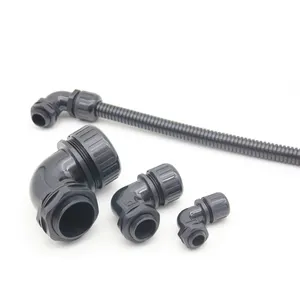







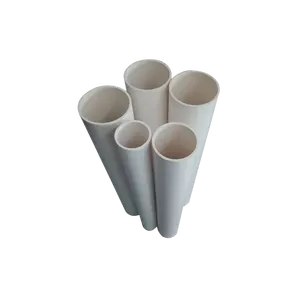

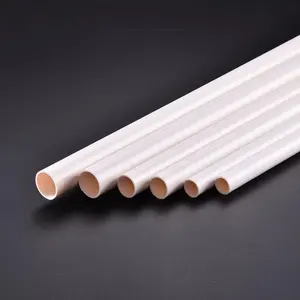
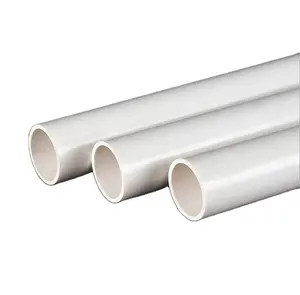
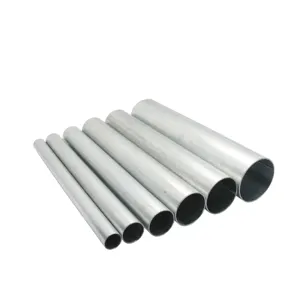



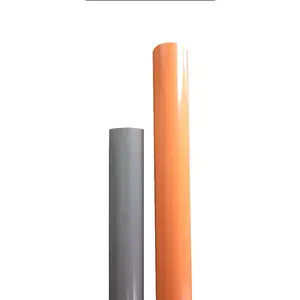


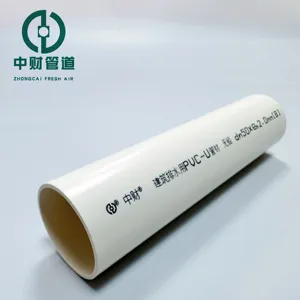


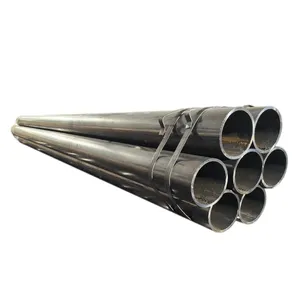





















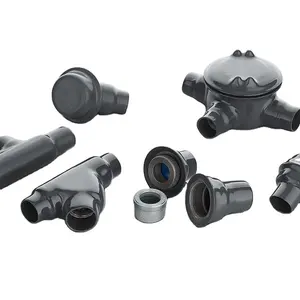
























 浙公网安备 33010002000092号
浙公网安备 33010002000092号 浙B2-20120091-4
浙B2-20120091-4